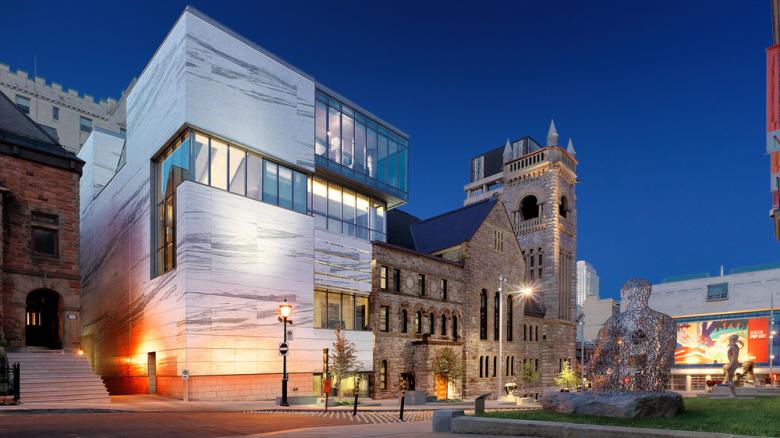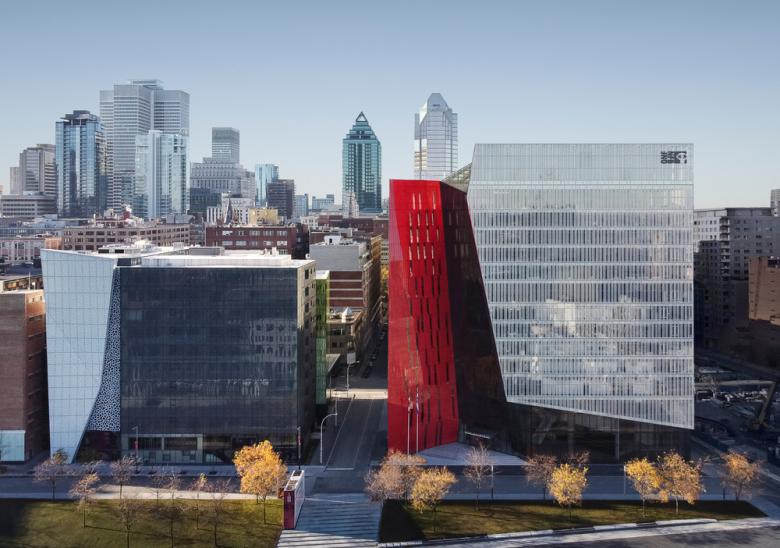Claude Provencher, 1949-2022
Celebrated Canadian architect Claude Provencher, co-founder of the practice Provencher_Roy and instrumental in the creation of the Conseil du patrimoine culturel du Québec, died on May 6, 2022, at the age of 72.
In the firm's announcement of Claude Provencher's death, the architect is described as "one of the instigators of the new urban architecture that emerged in Canada in the late 1970s." After founding Provencher_Roy with Michel Roy in Montréal in 1983, Provencher worked on transforming a neglected block in the heart of Old Montréal into the World Trade Centre Montréal. The firm describes the project, undertaken in the late 1980s, as "the most visionary and transformative urban renewal project of its time" and "representing today an enduring legacy project for the practice and for the community."
Provencher served as lead senior designer at Provencher_Roy for four decades, designing avant-garde proposals in the firm's early years and eventually seeing "meteoric growth" at the firm thanks to such projects as the J.- A. Desève Pavilion for the Université du Québec à Montréal (1998) and the Claire and Marc Bourgie Pavilion for the Montreal Museum of Fine Arts (2011). Under his design direction, Provencher_Roy was the recipient of the 2015 Architectural Firm Award from the Royal Architectural Institute of Canada (RAIC).
Yves Lefebvre, past president of the Conseil du patrimoine culturel du Québec and a colleague of Provencher's for ten years at the Conseil, penned an obituary on Claude Provencher that is posted on the firm's website. He uses three words to describe Provencher: Beauty ("This man was passionate about the beauty of the country and knew how to share it"); Generosity ("He impressed us with his moral authority, calmness, and soft-spoken nature"); and Elegance ("His courteous and respectful approach with colleagues always enabled him to have innovative and worthwhile ideas validated and accepted").
Lefebvre summarizes the enormity of Provencher's achievements as an architect and active member of the Counseil and other professional organizations: "The history of Québec can be woven together in various ways. One thing is certain: it has also been shaped in large part by Claude Provencher."
Articles liés
-
-
-
Allied Music Centre/Massey Hall Renovation and Expansion
KPMB Architects | 01.12.2025 -
-



